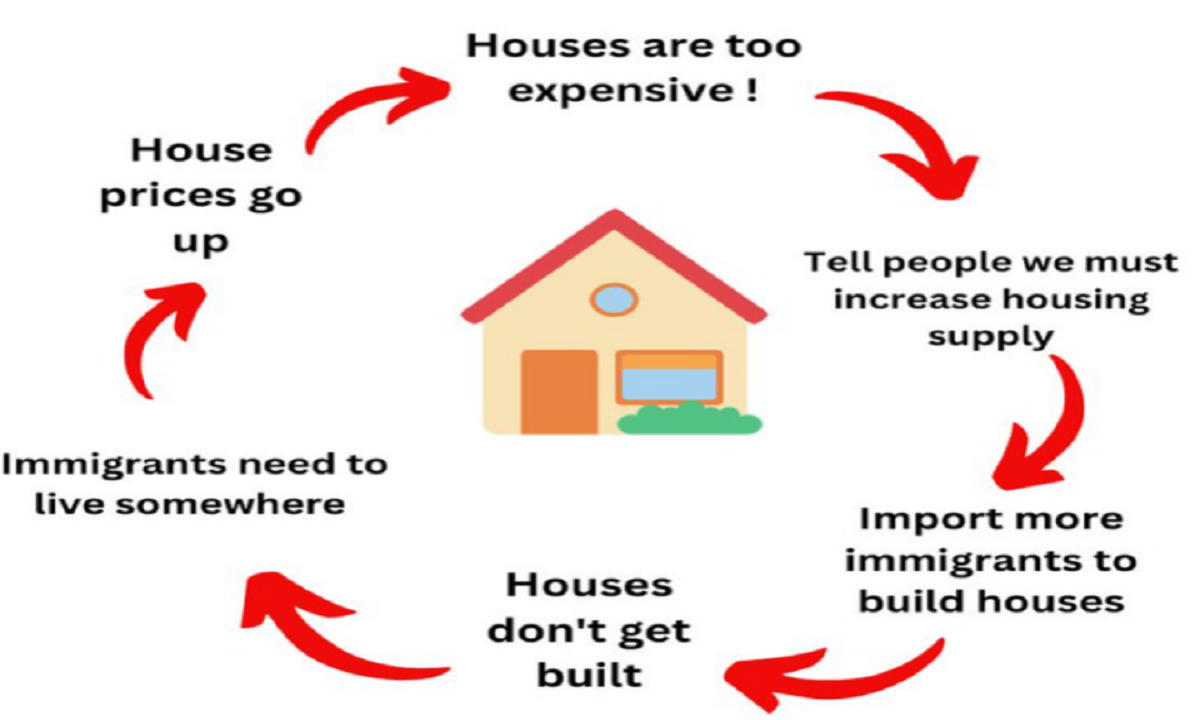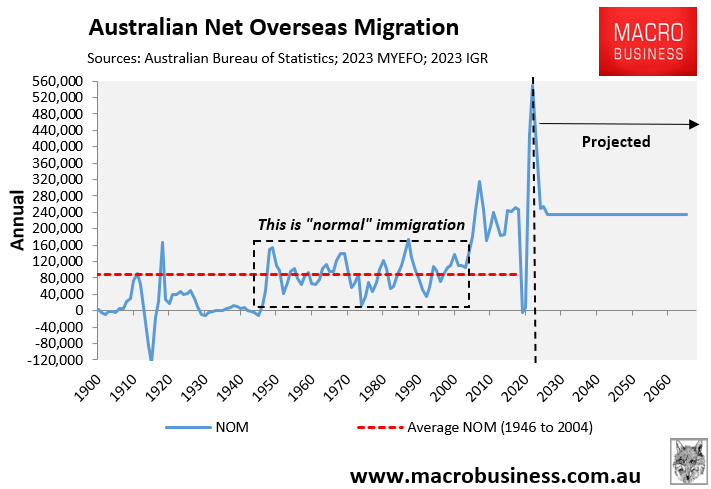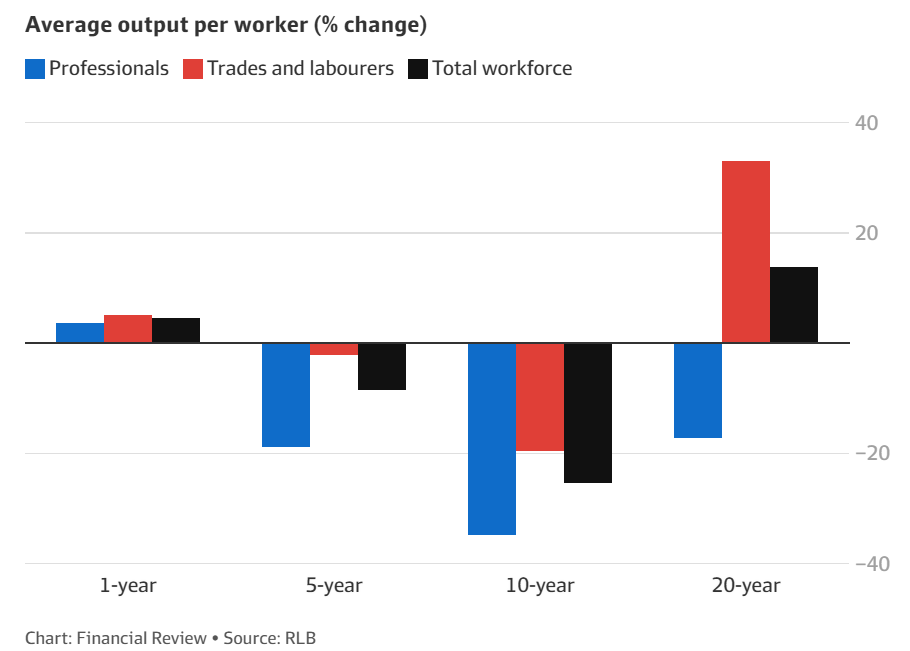The Housing Industry Association (HIA) claims that Australia desperately needs 83,ooo tradies to meet the Albanese government’s target of building 1.2 million homes over five years.
“Australia does not currently have enough tradies to build the number of homes needed to house the population and take pressure off housing costs”, the HIA claims.
“The residential building industry currently employs approximately 278,000 tradies across the twelve key trade occupations required for home building. The trades workforce needs to grow by at least 30 per cent to meet the Accord’s goals. That is over 83,000 additional tradies”.
“This means a significant boost in the number of chippies, sparkies, plumbers, brickies and concreters, to get these much-needed homes out of the ground and to lock up”, the HIA says.
As expected, the HIA has called for more skilled migration “to address the immediate shortage of tradies” – a classic case of importing migrants to build homes for migrants.

The reality is that record immigration levels have dramatically increased demand for housing, pushing up rents and prices.

It is true that migrants are massively underrepresented in the construction sector, as illustrated in the following chart from the Grattan Institute:

Therefore, Australia’s mass immigration policy is directly driving up housing demand without adding supply.
However, as the following chart from Tarric Brooker shows, the number of construction workers in the Australian economy has easily outpaced the growth in Australia’s population:

Australia also has one of the highest concentrations of construction workforces in the world relative to the population, according to the OECD:

The above two graphics suggest that Australia should have an adequate supply of construction workers.
The problem is that the construction sector has been inundated with suits rather than tradies.
As noted by Tarric Brooker on Twitter (X), “in the last 20 years, the number of tradies in the Aussie construction sector has risen by 42.5%, labourers by 48.1%”.
By comparison, “the number of consultants rose by 153.6% and building technicians by 80.5%”.

Michael Bleby at The AFR likewise noted that “the industry as a whole is suffering from an imbalance of too few workers on the ground and too many in the office”.
As a result, the construction sector’s productivity has deteriorated over the past decade:

Like the broader economy, the construction industry has too many administrators and not enough front-line workers to manufacture and deliver the product.
The above data highlights why Australia requires a considerably smaller migrant intake focused on areas with genuine skill shortages.
Otherwise, Australia will continue to experience chronic shortages of housing, infrastructure, and services.

